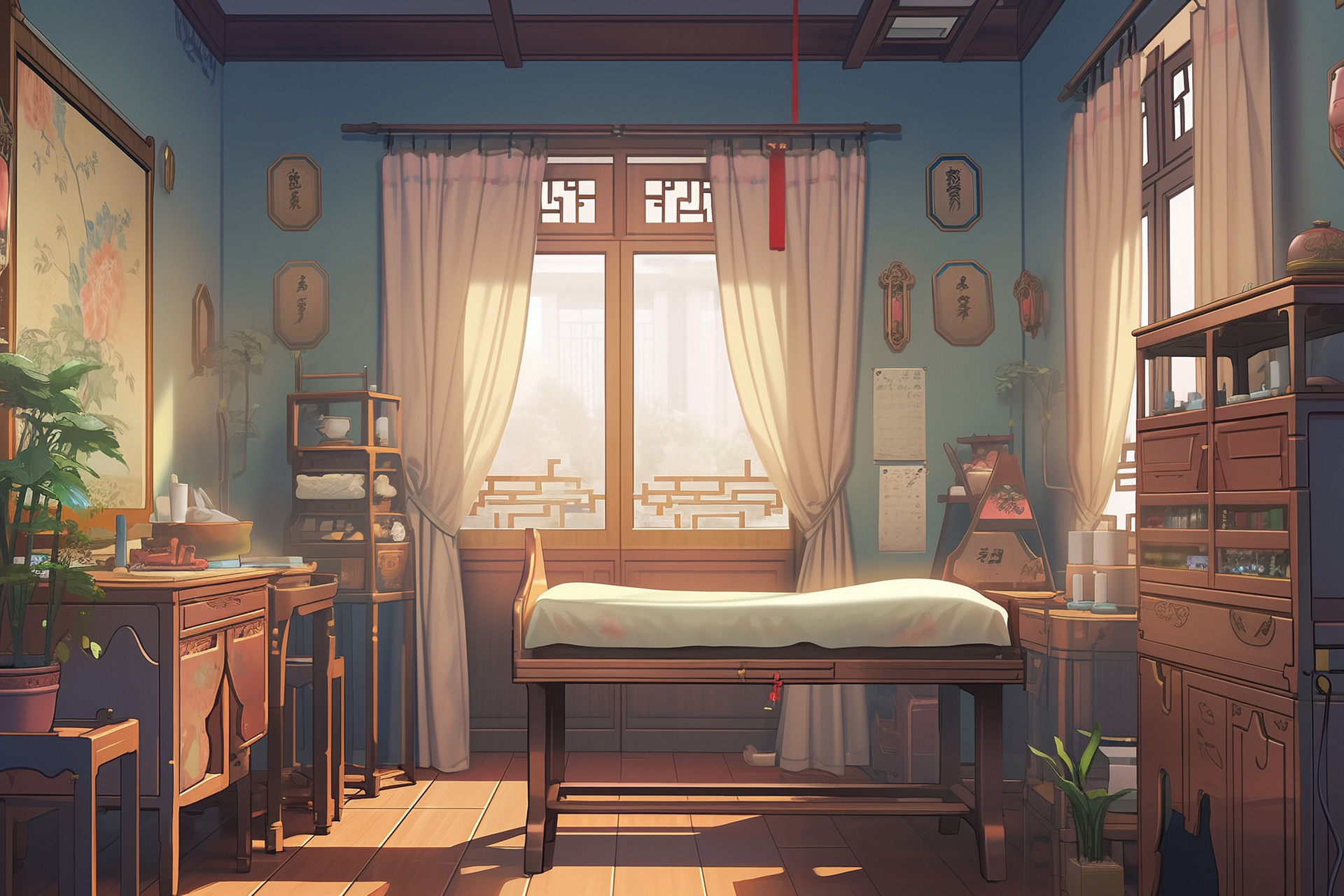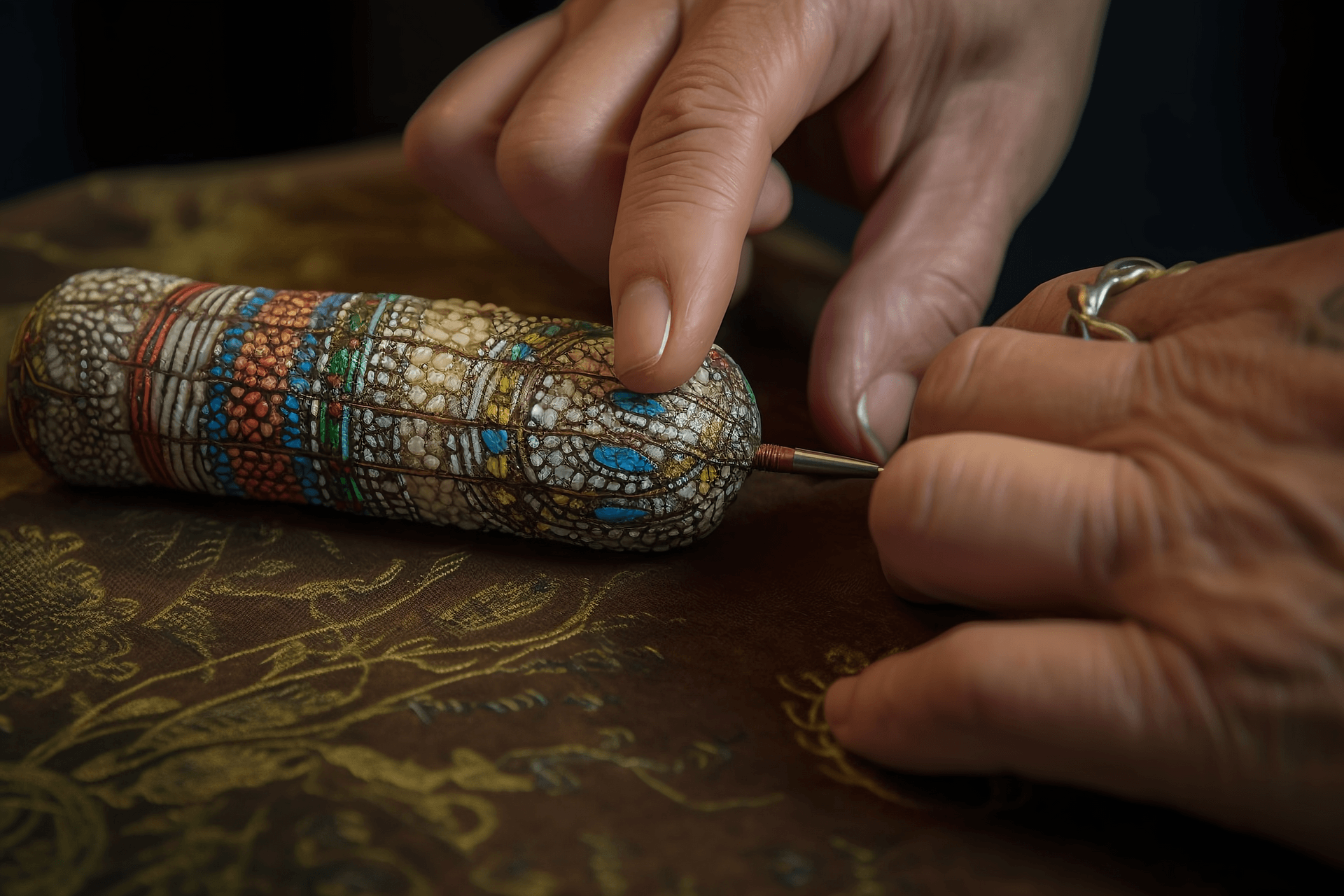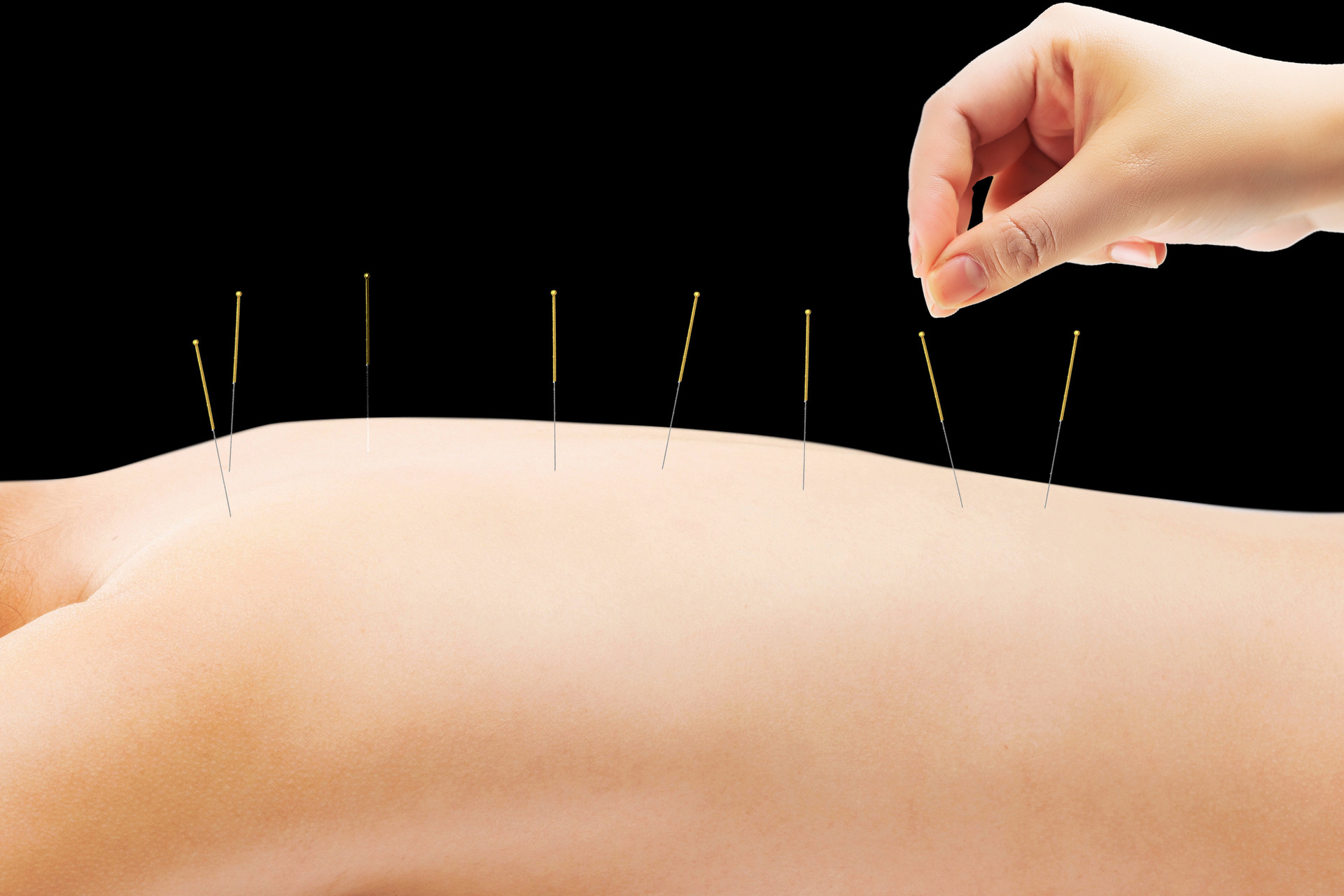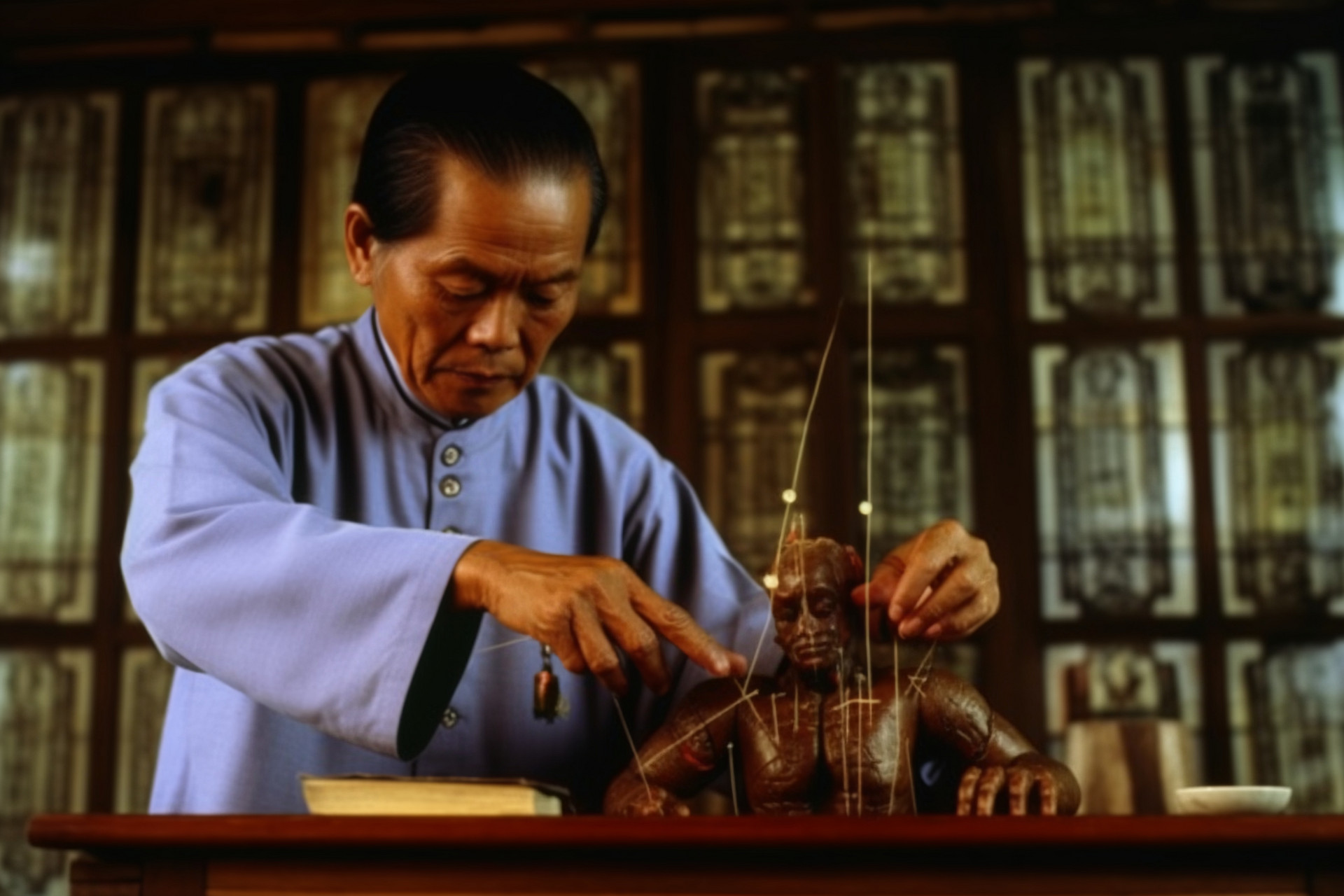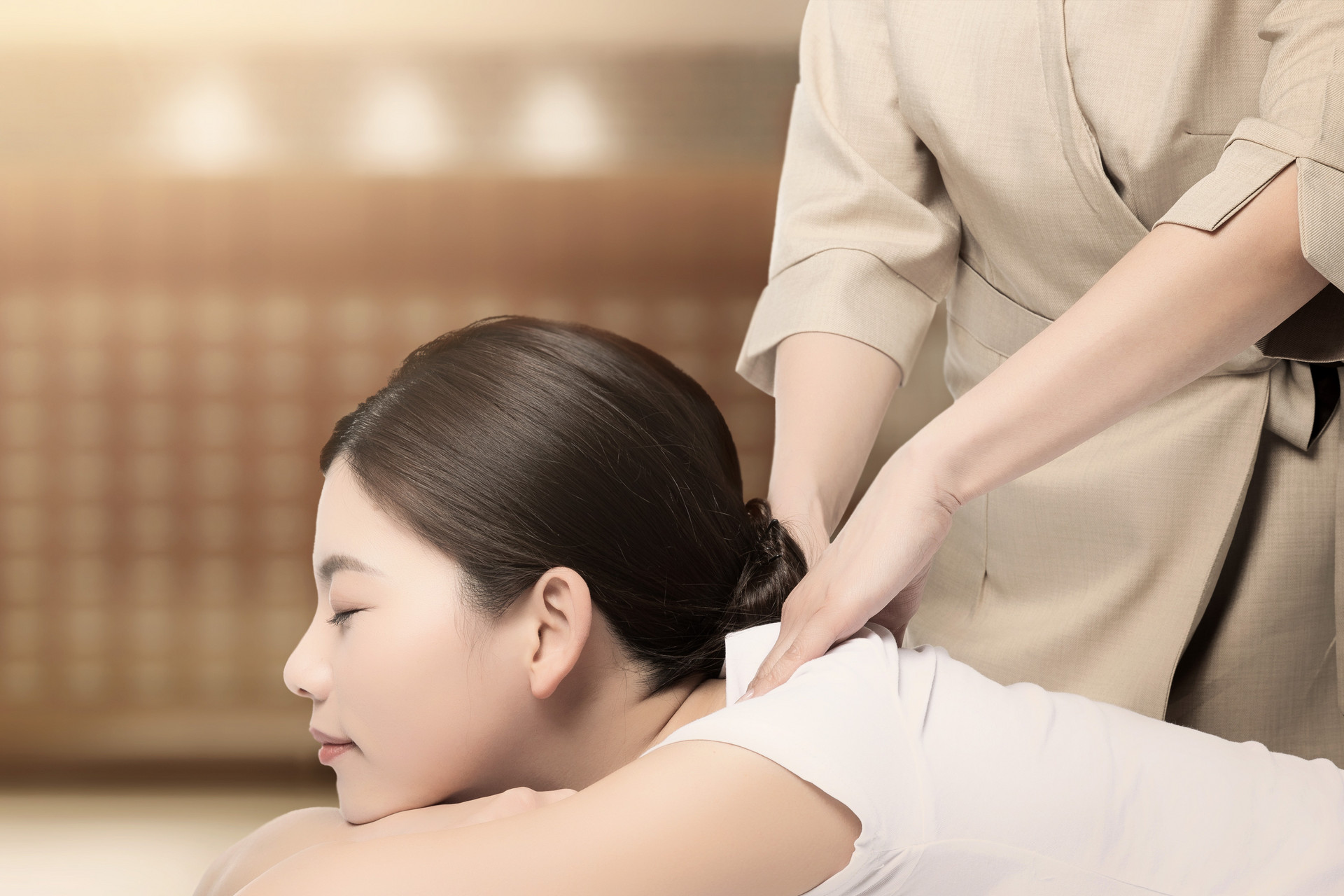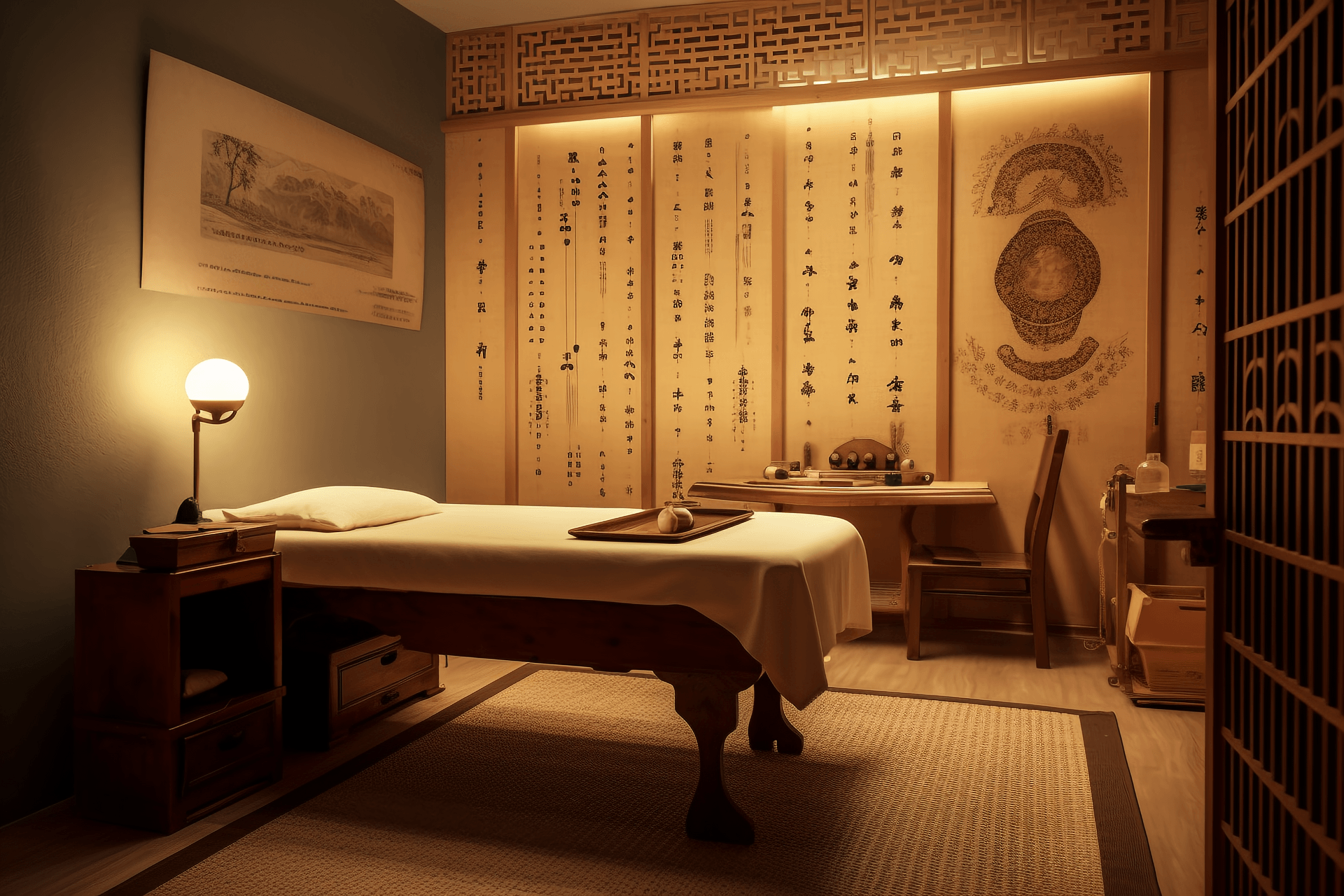Moxibustion therapy can both tonify deficiency and purge excess; it can warm cold and disperse heat; it can reinforce yang and nourish yin. However, since the concept of "fire reversal" and "fire robbery" was proposed in the book "Treatise on Febrile Diseases" (Shanghan Lun), the traditional belief that acupuncture is intended for purging while moxibustion is intended for tonifying has been followed for over 1000 years. Even the textbook "Acupuncture and Moxibustion" published in June 1985 by higher medical institutions pointed out in the "Precautions for Moxibustion Treatment" section that "moxibustion is generally not suitable for use in solid evidence, heat evidence, and yang deficiency with fever."
In fact, the view that moxibustion therapy is only for tonifying is worth further discussion. If we mechanically believe that acupuncture is for purging and moxibustion is for tonifying, we will inadvertently negate the actual significance of tonifying and purging in acupuncture and moxibustion therapy. Acupuncture and moxibustion are two different treatment methods that both rely on the theory of meridians and use acupoints in clinical practice to achieve complementary therapeutic effects. The basic principle of traditional Chinese medicine is to adjust the balance of yin and yang. Yin and yang are relative, as are tonifying and purging. Therefore, moxibustion therapy should be able to both tonify deficiency and purge excess, and have a dual regulatory effect. Therefore, the view that moxibustion therapy is only for tonifying not only does not comply with the basic theories of traditional Chinese medicine, but also does not conform to clinical practice.
1. The Origin of Tonifying and Purging in Moxibustion Therapy
As early as in the book "Huangdi Neijing" (Yellow Emperor's Inner Canon), it has been explicitly pointed out that moxibustion therapy can tonify and purge. For example, in the chapter "Back Shu Points" of "Ling Shu," it says, "If qi is excessive, purge it; if it is deficient, tonify it. When using moxibustion for tonification, do not blow out the fire, let it extinguish itself. When using moxibustion for purging, blow out the fire quickly, transfer the moxa. Let the fire extinguish itself." In the book "Huangdi Neijing Tai Su," the word "transfer" is interpreted as "apply moxa," and Yang Shangshan's annotation explains, "Blow to make the heat penetrate and attack the disease. Therefore, it is purging on a daily basis. 'Transfer' is pronounced as 'fu.' Use hands to hold the moxa, blow on it, so that the fire does not dissipate." In the Ming Dynasty, Zhu Danxi in "Danxi Xinfa: Shi Yi Za Lun" said, "Moxibustion fire can tonify fire or purge fire. If tonifying fire, the moxa fire should turn yellow and reach the flesh. If purging fire, it should not reach the flesh, just sweep it away." Zhu Danxi elaborated on the essentials of tonifying and purging in moxibustion therapy based on the principles in "Huangdi Neijing." Li Ting in the Ming Dynasty also mentioned in "Introduction to Medicine" that moxibustion therapy on the deficient can help "assist the original yang with the aid of fire and qi." On the other hand, moxibustion therapy on the excess can cause the dispelling of excess pathogenic factors with the help of fire and qi, restore the warmth of the cold, and expel the heat from the heat. Li Ting not only elaborated on the range of application and mechanisms of moxibustion therapy but also explicitly pointed out that moxibustion therapy is suitable for cold, heat, deficiency, and excess patterns. In the Qing Dynasty, "Shen Jiu Jing Lun" stated, "Moxibustion can warm the meridians and promote the circulation of qi and blood, allowing the reversed to be corrected and the stagnated to flow..." This further supplemented the understanding of moxibustion therapy. From the above records, it can be seen that the origin of tonifying and purging in moxibustion therapy can be traced back to "Huangdi Neijing" and has been further developed by generations of medical practitioners, making the content more comprehensive.
Ancient medical practitioners not only made theoretical explanations but also accumulated a considerable amount of experience in this regard. Some examples are as follows.
Tonifying method: "Lei Jing Tu Yi" introduced that moxibustion at the Zhongwan and Qihai points can treat "pale complexion due to blood loss, fine and moist pulse, cold hands and feet... the effect is amazing." "Gu Jin Yi Tong Da Quan" stated, "In cases of cold in the middle, coldness, cold pulse, and near-death, moxibustion at Qihai, Shenmen, Dantian, and Guanyuan is suitable for tonifying the hundred strengths." "Zhen Jiu Yi Xue" mentioned, "For bleeding, flooding, and lower abdominal pain, moxibustion at Zhongji, Zusanli, and Sanyinjiao is appropriate."
Purging method: "Bei Ji Qian Jin Yao Fang" states, "For sudden conditions such as lumbar swelling, bone attachment swelling, abscesses, joint swelling, and skin inflammations, as soon as any abnormality is noticed, moxibustion should be applied immediately for immediate relief." "Danxi Xinfa" states that moxibustion therapy for treating heat-related diseases can make "the fire unobstructed, pulling out and removing heat toxins." This is the intention of treatment. Based on the principle of fire being dry, seeking the same qi, moxibustion can be used to induce fire to transform qi, promote discharge, expel heat externally, and achieve the purpose of relieving dryness and stagnation caused by excess heat. "Yi Xue Ren Men" states, "Moxibustion therapy for heat conditions can expel the heat within."
Many medical practitioners throughout history have also made explanations on the mechanism of tonifying and purging in moxibustion therapy. For example, Liu Hejian in the Jin Dynasty analyzed the mechanism of fire-related diseases and proposed the theory of fire fever. He believed that for external yang patterns, such as ulcers, moxibustion should be used to "apply external moxibustion to expel pathogenic qi and achieve cessation." Wu Yiding said in "Shen Jiu Jing Lun: Wai Ke Zheng Lue," "For the early stages of ulcers, moxibustion can quickly break down and dissolve stubborn conditions, expel toxins, and move from deep to shallow, with more effectiveness than medication." These examples demonstrate that moxibustion therapy can be used for external yang patterns, and moxibustion can induce the expulsion of toxins, move from deep to shallow, break down and dissolve stubborn conditions, regulate the meridians, and harmonize the circulation of nutrients and defensive qi, thus achieving the healing of ulcers. In terms of heat patterns, Zhu Danxi believed that moxibustion therapy can make "the fire unobstructed."
| 1 2 3 > >> >>|




